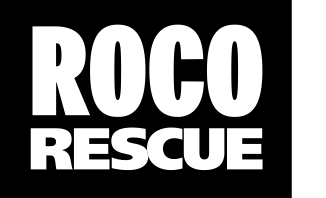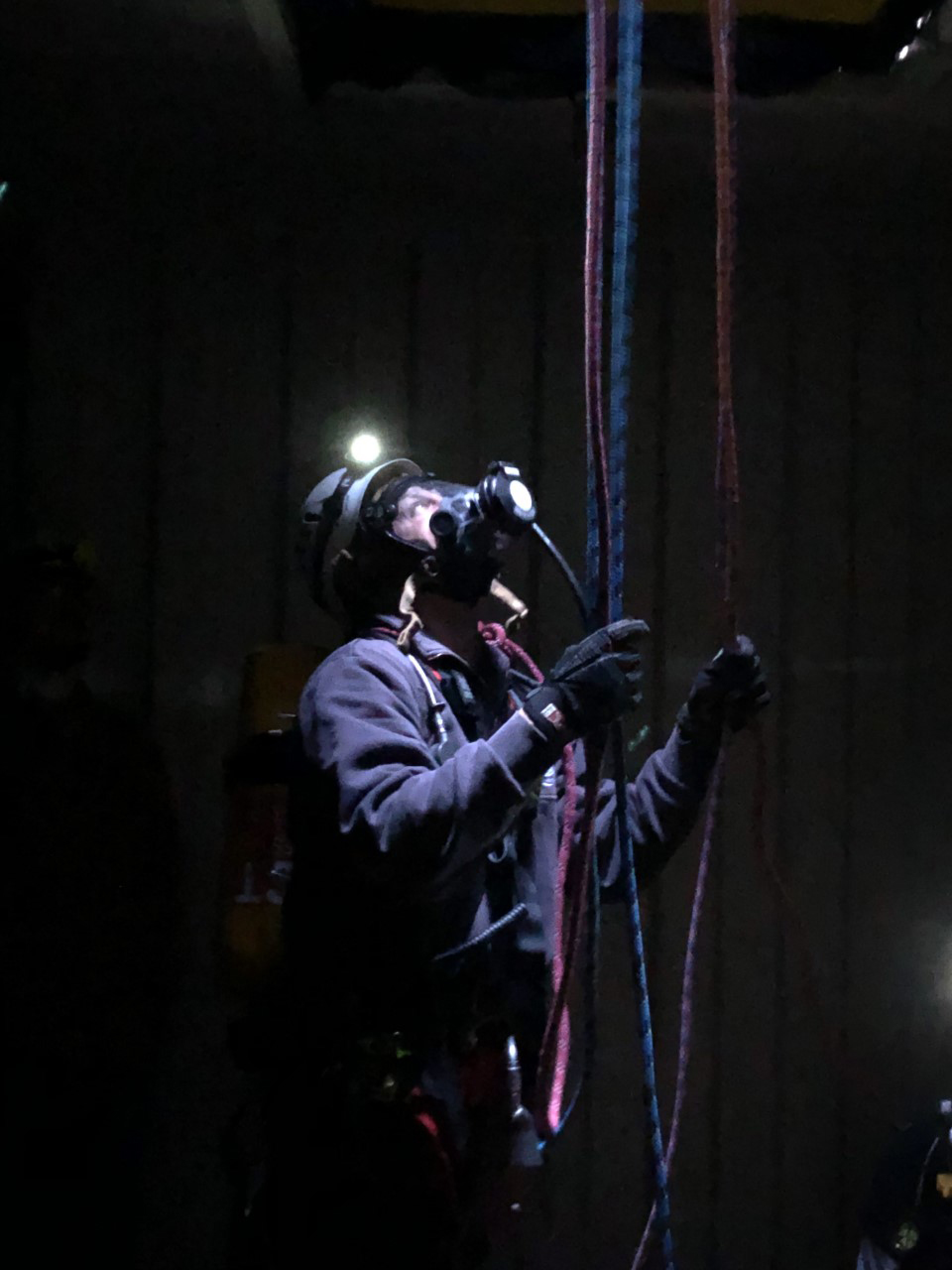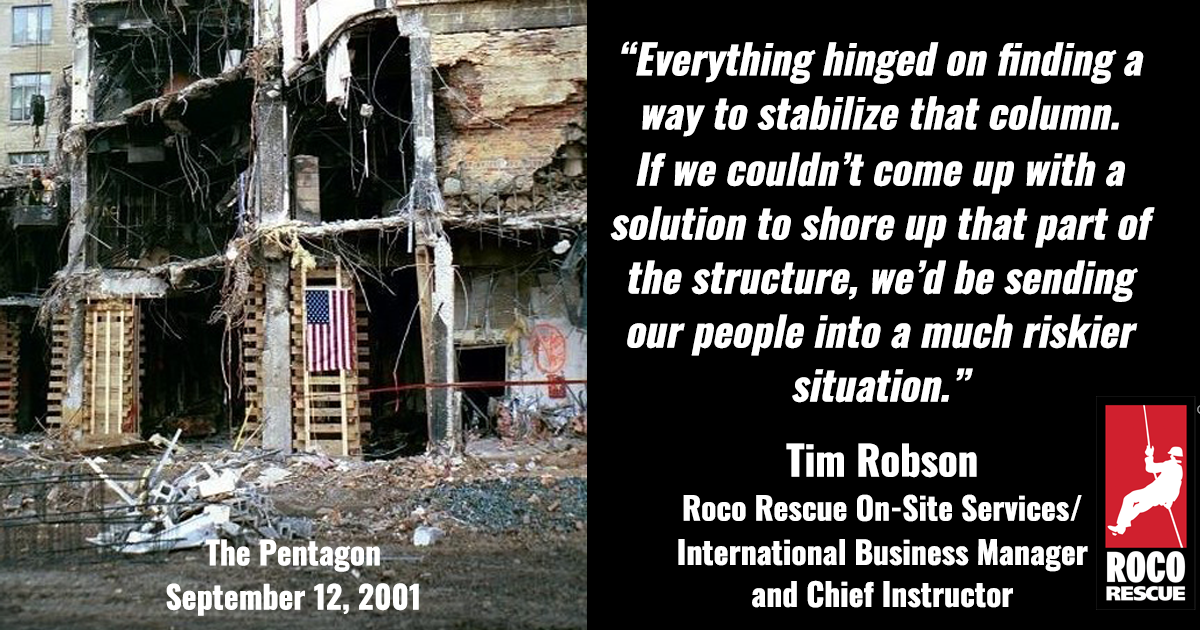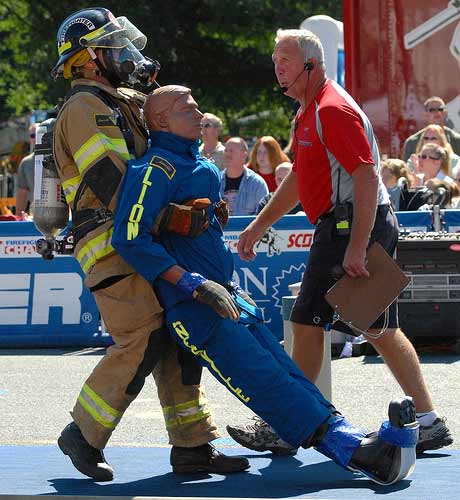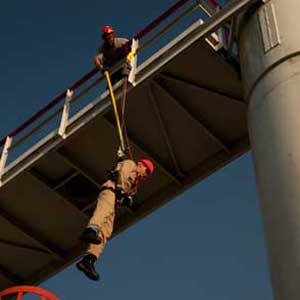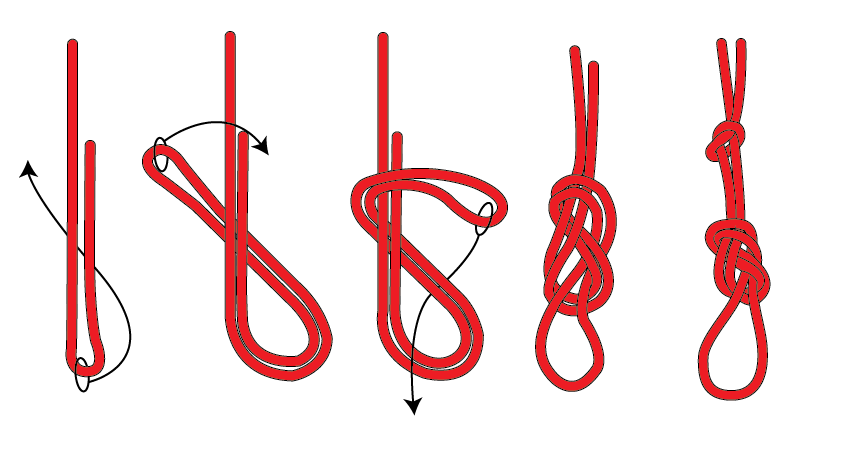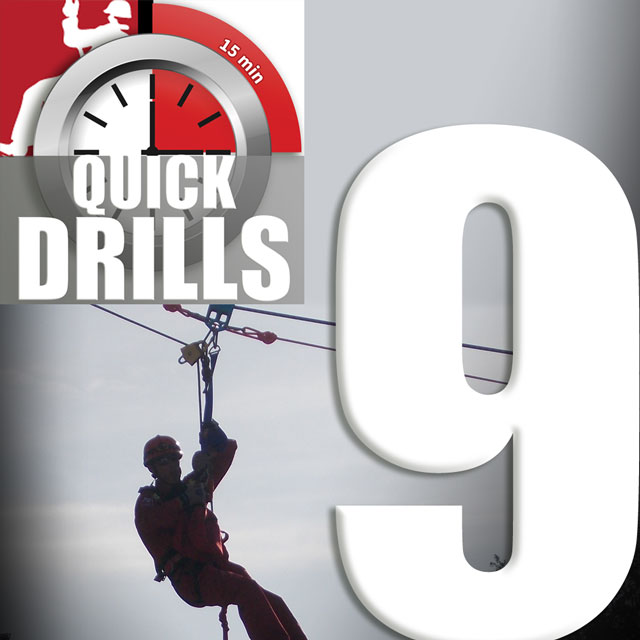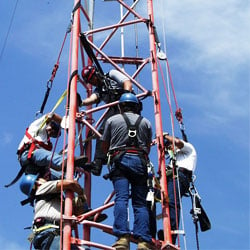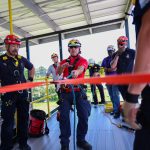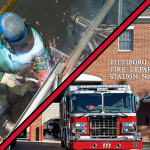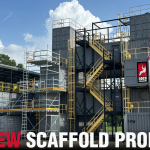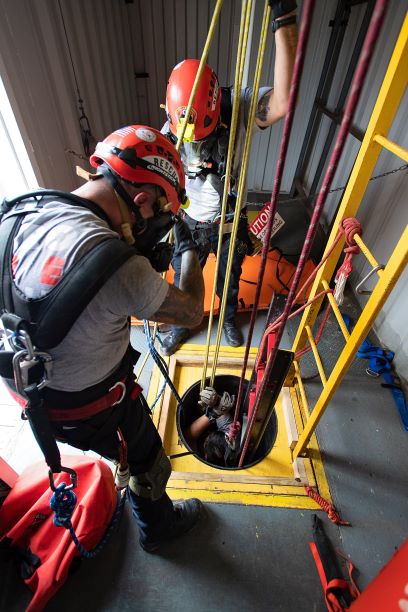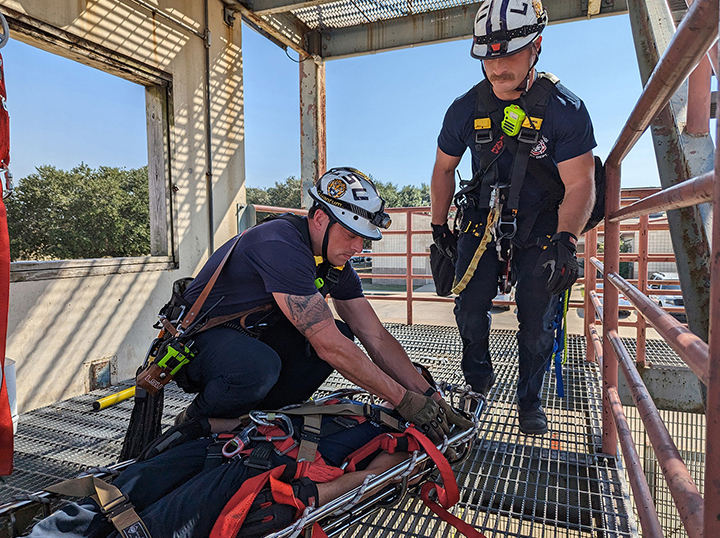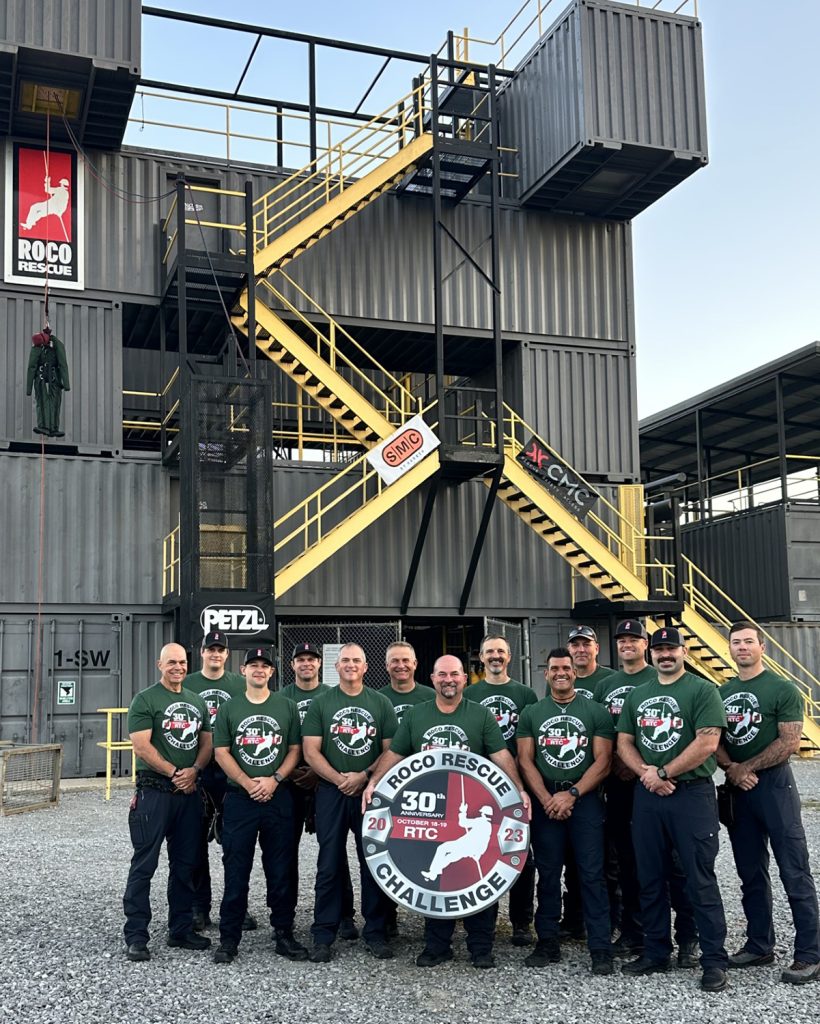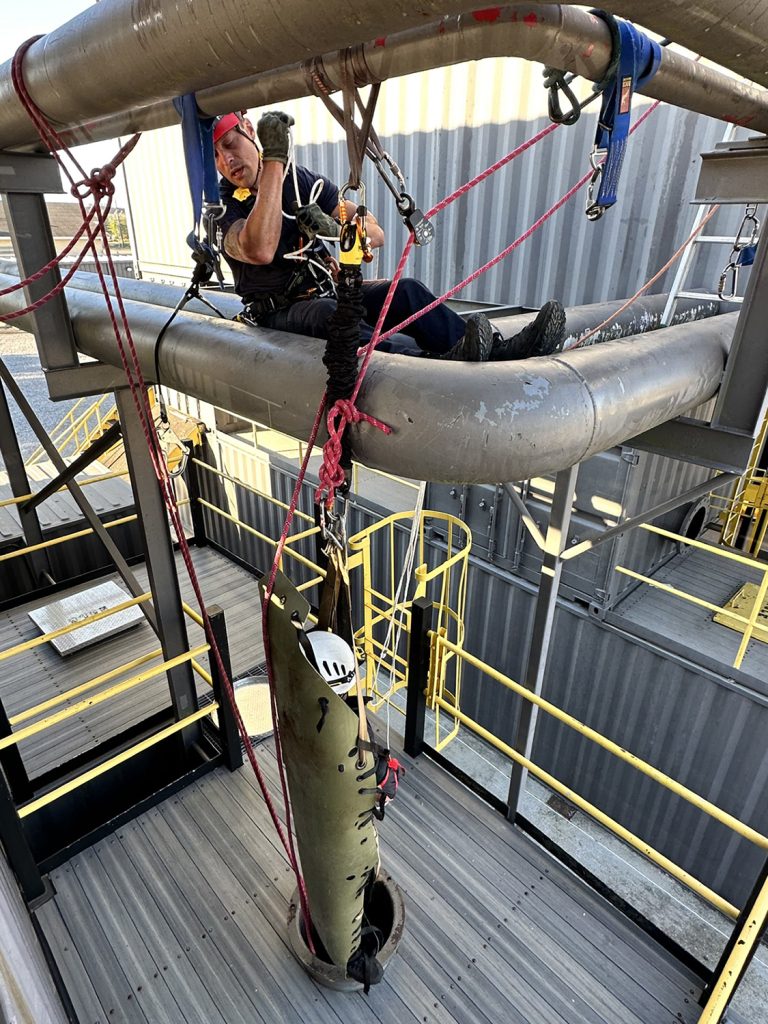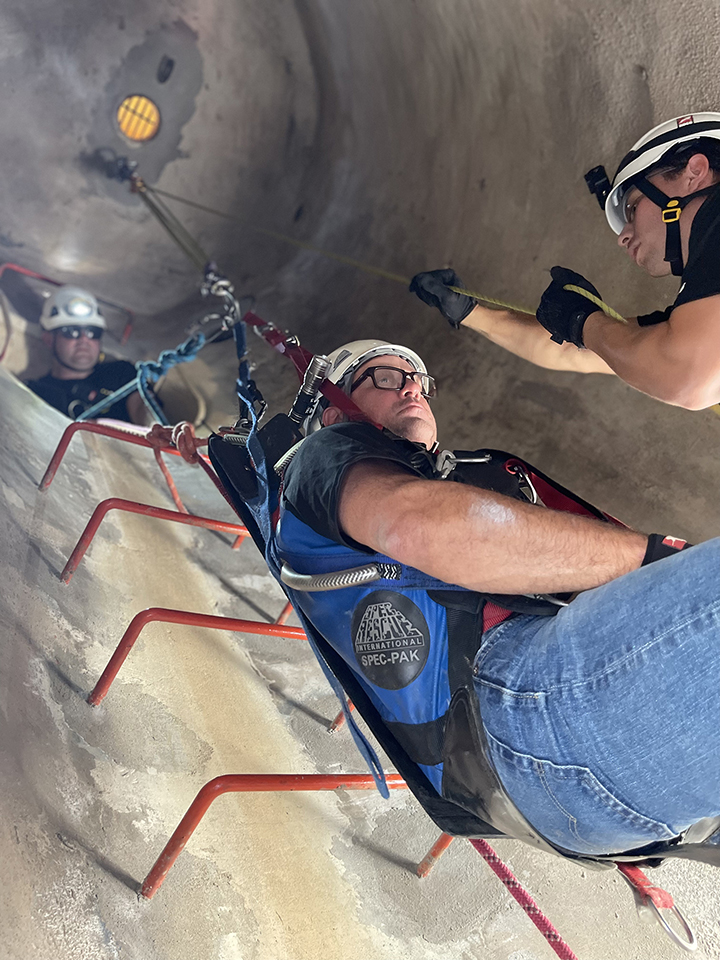August 4, 2023
Emergency responders are more likely to develop significant mental health problems than the general population. It is estimated that nearly 30% of first responders will develop depression, posttraumatic stress disorder (PTSD), or even suicidal ideations at some point during their lifetime [1]. Unfortunately, a pervasive stigma surrounding mental health prevents many of these dedicated individuals from...
Read More
July 28, 2023
Many times, we hear teams say they don’t need to practice “on-air” rescue scenarios because their employees are not allowed to work in IDLH or low O2 areas. That always makes us ask, what about the confined spaces that have the potential for atmospheric hazards? What about those spaces that may unexpectedly become IDLH or...
Read More
September 10, 2019
“We were at a standstill, and if we couldn’t come up with a solution to shore up that part of the structure,” Tim Robson recalls, “we‘d be sending our people into a much riskier situation. In fact, some areas were so dangerous, we had to start thinking about things like, “Who’s not married?” and “Who doesn’t have kids?” It was awful, but it was...
Read More
November 30, 2018
Refineries, plants and manufacturing facilities have a wide range of permit-required confined spaces – some having only a few, while others may have hundreds. Some of these spaces may be relatively open and straightforward while others are congested and complex, or at height. With this in mind, are all your bases covered? Can your rescue...
Read More
June 4, 2018
Does your company authorize employees to work at height using personal fall arrest systems (PFAS)? If so, you need to keep reading. Even if your employees don’t use personal fall arrest systems, but they work at height using passive restraint, active restraint, or work-positioning systems, you need to keep on reading.
Read More
February 12, 2018
Newly revised and updated with 82-pages of color drawings and detailed illustrations, Roco’s new Pocket Guide features techniques taught in our rescue classes. Made from synthetic paper that is impervious to moisture makes this pocket-sized guide the perfect reference during training or on the scene.
Read More
December 1, 2016
By Pat Furr, Safety Officer & VPP Coordinator for Roco Rescue, Inc.
Read More
November 30, 2015
Due to their relative simplicity, belay systems rarely see the dedicated training that is often given to the other elements of rescue, such as mechanical advantage or patient packaging. Just because you can rig a 540 Belay Device or tie a Munter Hitch does not necessarily mean you are proficient in their use.
Read More
July 8, 2015
Whether you’re a relatively new or a well-established Technical Search and Rescue (TSAR) organization, following an established Hazard Identification and Risk Assessment process is a great way to ensure you’re prepared for the “Big One.” The “Big One” is that incident where you’re called upon to deliver on the organizational investment of having a TSAR...
Read More

